There are no saxophone solos in this episode because we aren’t heading into the Danger Zone, but rather the Dangerfield Zone. Join Alex, John, and Bill as they discuss cameras and films that just get no respect! Subjects include Miranda Cameras, the Nikon FM10, Nikkormats, 200-Speed B&W films, Fomapan 100 and Fuji Superia 200!
Miranda Cameras
When it comes to Miranda cameras, these have never been mentioned before on this podcast. But as a company, despite having a cult following now, they were a bit of a third-party player. Despite this, they remained rather innovative despite their short, troubled history. One of their early offerings, the Miranda Orion is one of the first cameras that used a modular Penta-prism finder. There were only a thousand Orions built, and they run about 3,000$ on the used market today. As a company, Miranda peeked in the 1960s with cameras like the Automex and Sensorex. Most will associate the Sensorex with Miranda, with an iconic prism finder. But what made the Sensorex II introduce an idea of a dual-lens mount, a Miranda Bayonet, and an M44 thread mount! Here you could purchase an adapter to use other lenses with your Sensorex II. Overall the Miranda line is looked down on today mostly due to later models’ dodgy reputation. And these days, you’re more likely to find a non-working Miranda than a working one.
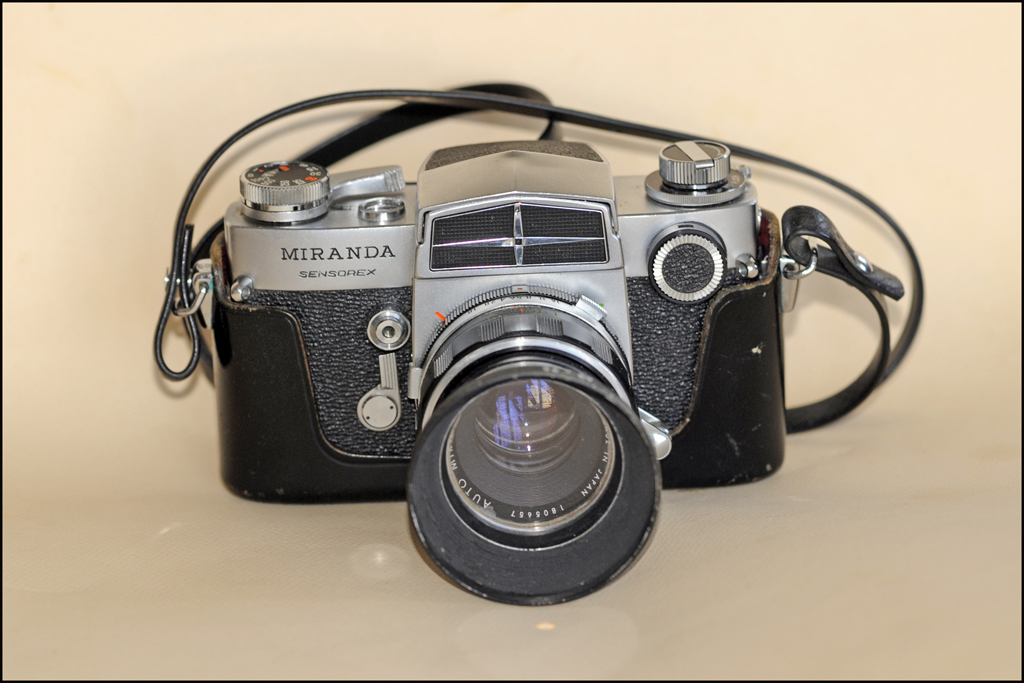
Nikkormat Cameras
After a pretty poor showing with the Nikkorex line, Nikon went with their strengths to tackle the consumer market. The Nikkormat line of cameras was heavy, mechanical and well-made. However, some folks will often look down on them because they don’t carry the Nikon name on their faceplate. However, these are inexpensive ways to get into Nikkor optics. From the original FT, the improved FTn. The better battery option of the FT2 and the shortlived FT3. Any Nikkormat camera will offer up an amazing experience without breaking the bank. Plus, the use of pre-AI optics will help keep costs down.
Nikon FM10
From heavy metal to plastic filmtastic, the Nikon FM10 is a Nikon in name only. Based around the Cosina CT-1 Super, but with several differences from the stock model. Nikon asked to have a depth-of-field preview leaver and meter-on button. The FM10 is Nikon’s effort to maintain inexpensive cameras for students; while the FM10 offered a full mechanical and metered manual option, the FE10 offered up aperture priority semi-automatic functionality. And while the cameras have a terrible build quality and plenty of issues, the biggest draw is the F-Mount that accepts any AI or AI-S lens (including AF Type-D and Series E). Avoid the stock lens that came with the camera; it’s terrible. And while originally an inexpensive option on the used market, its use by a celebrity has upped the price.
Fomapan 100
While you can look down your nose at Fomapan films, Fomapan 100 doesn’t get the respect it deserves. This beautiful panchromatic b&w is an excellent budget option that provides amazing tonality, good sharpness and a classic look that modern 100-speed films can’t get close to. And sure, it might not be as fine-grained as others, but it is beautiful and versatile. It does suffer from terrible reciprocity, but you can still use it for pinholes in bright areas. And you can get it under multiple brandings, such as Arista EDU.Ultra, FPP Wolfman and Kosmo Foto Mono 100.
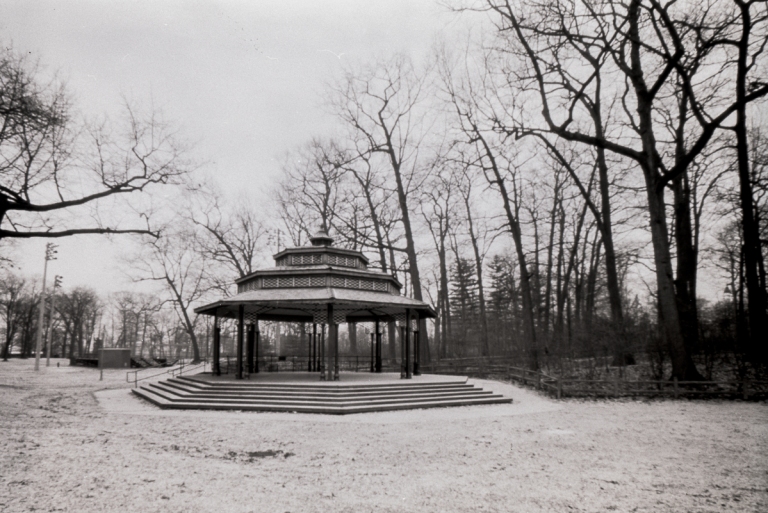


Fujifilm Superia 200
We are, of course, talking about the original Superia 200 before it was turned into a rebranded Kodak product. According to Bill, this is a beautiful film with lovely colour replication, excellent grain and sharpness. It offered up plenty for the consumer and advanced photographer. Perfect for spring and summer days when you want something to give off those warm vibes.

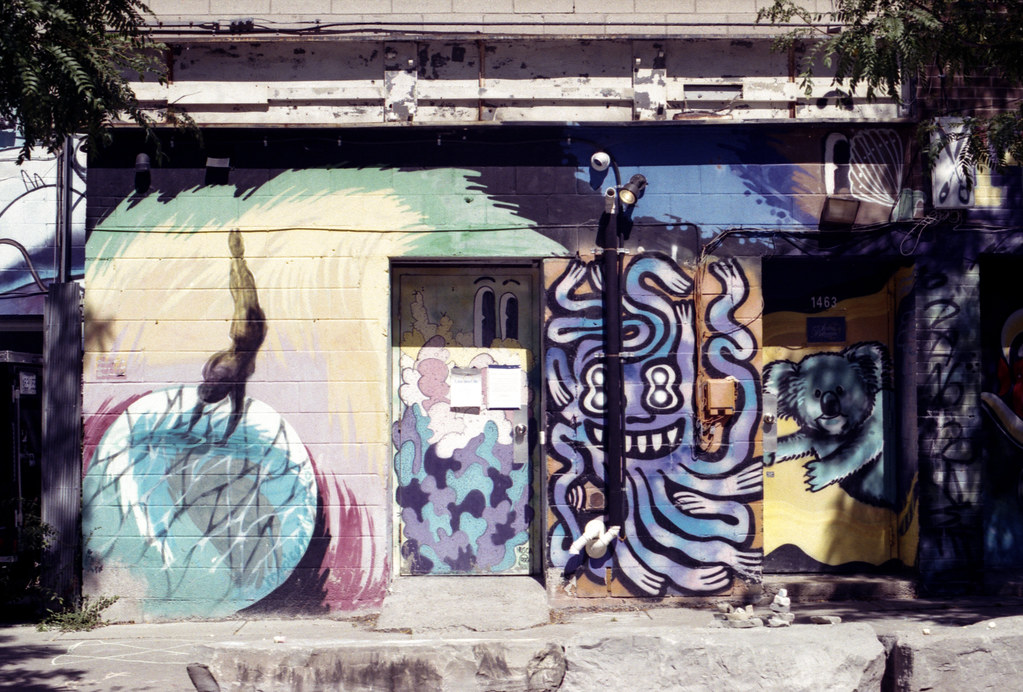

200-Speed B&W Films
While there’s nothing wrong with 200-speed films in general, in today’s world, they seem to Alex as trying to be that little extra. They aren’t as fine-grained as 100-speed films and certainly can be more grainy than 400-Speed films. They often also try to do something special, like having near-IR sensitivity or getting that little bit extra latitude. While they aren’t always his first choice, they have their place. But like any film, best to experiment with the film speed and how you process the stock!

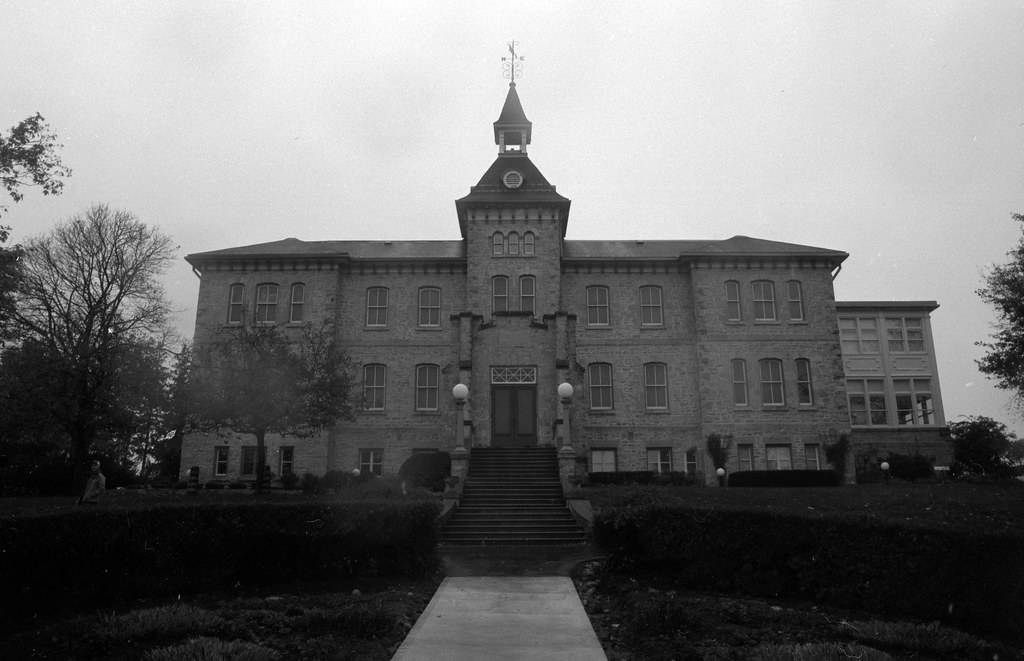

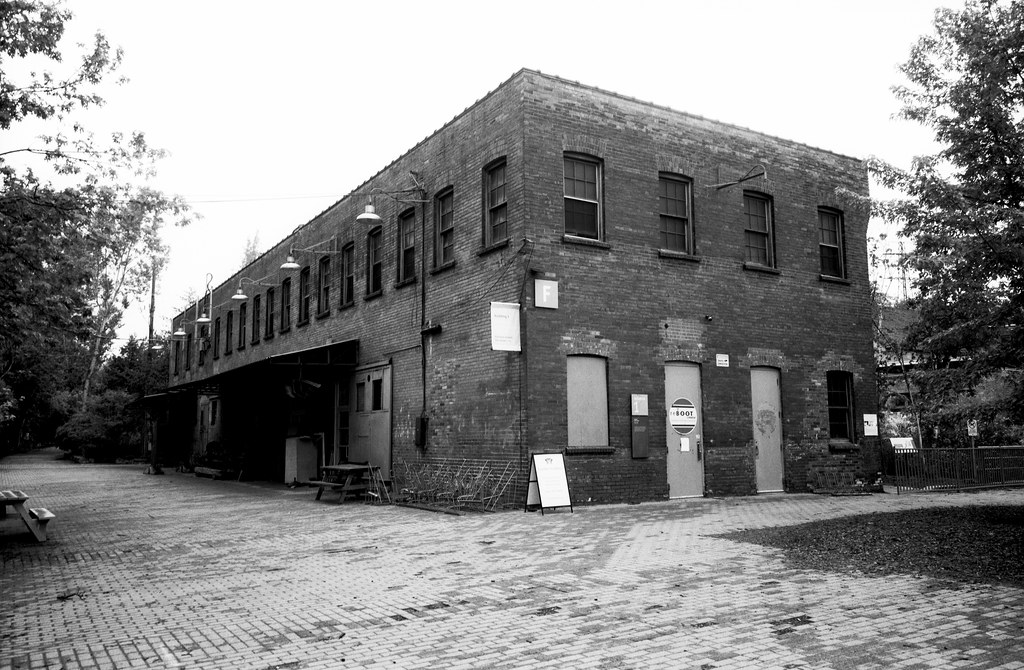
Want a subscription to SilverGrain Classics and are a fan of Classic Camera Revival? Visit their shop online and buy a magazine or a subscription? Looking for a good spot to get your gear and material fix check out Burlington Camera (Burlington, ON), Downtown Camera (Toronto, ON), Film Plus (Toronto, ON), Belle Arte Camera (Hamilton, ON), Pond’s FotoSource (Guelph, ON), Foto Art Camera (Owen Sound, ON). In Quebec, Photo Service (Montreal, QC) and Studio Argentique (Montreal, QC), Out West there’s Kerrisdale Cameras (BC), The Camera Store (Calgary, AB) and Beau Photo Supply (Vancouver, BC). Additionally you can order online at Argentix (Quebec), buyfilm.ca (Ontario), the Film Photography Project or Freestyle Photographic. Looking for development options, check out these labs that have our support, Boréalis Photo Lab, Old School Photo Lab, The Darkroom, and Film Rescue International.
Also you can connect with us through email: classiccamerarevivial[at]gmail[dot]com or by Facebook, we’re at Classic Camera Revival, Twitter @ccamerarevival, and Instagram (@classiccamerarevival)!
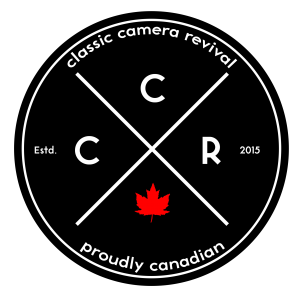

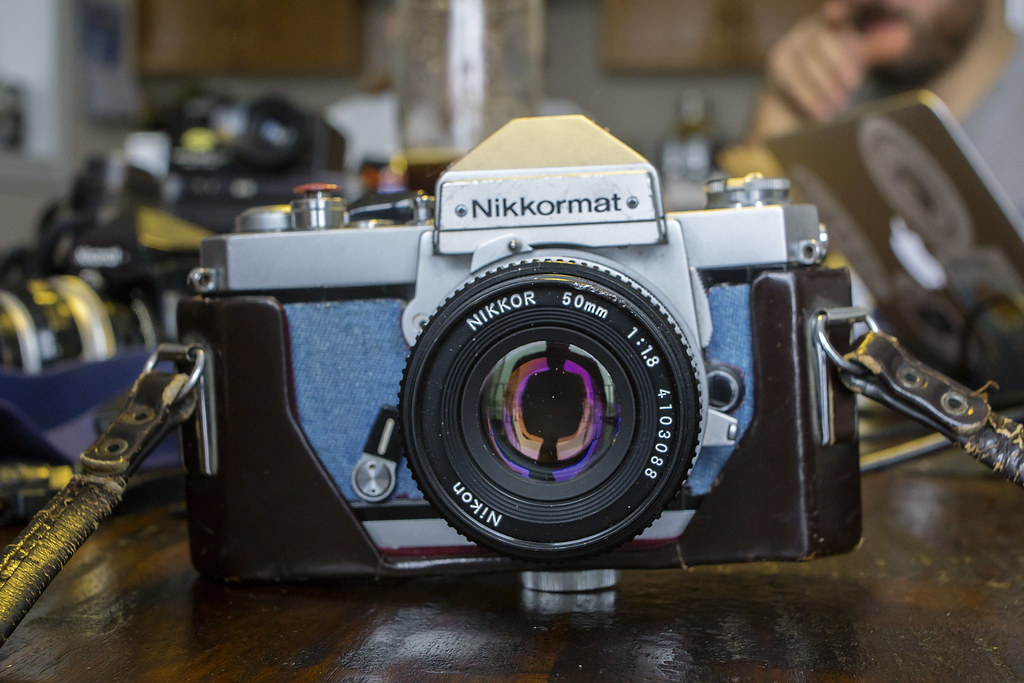
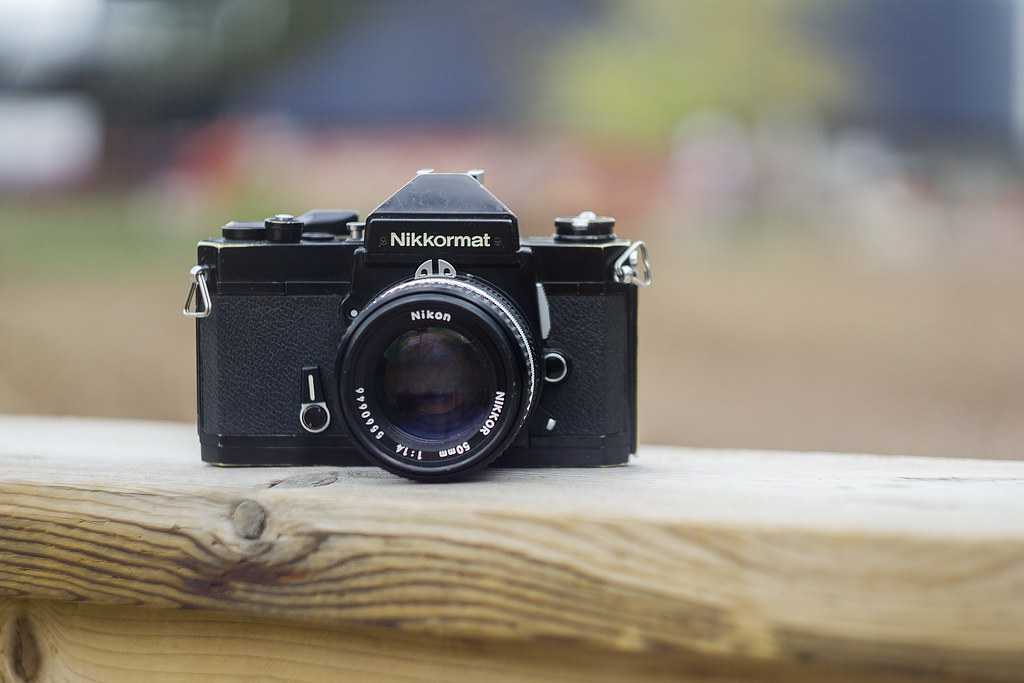


1 Comment